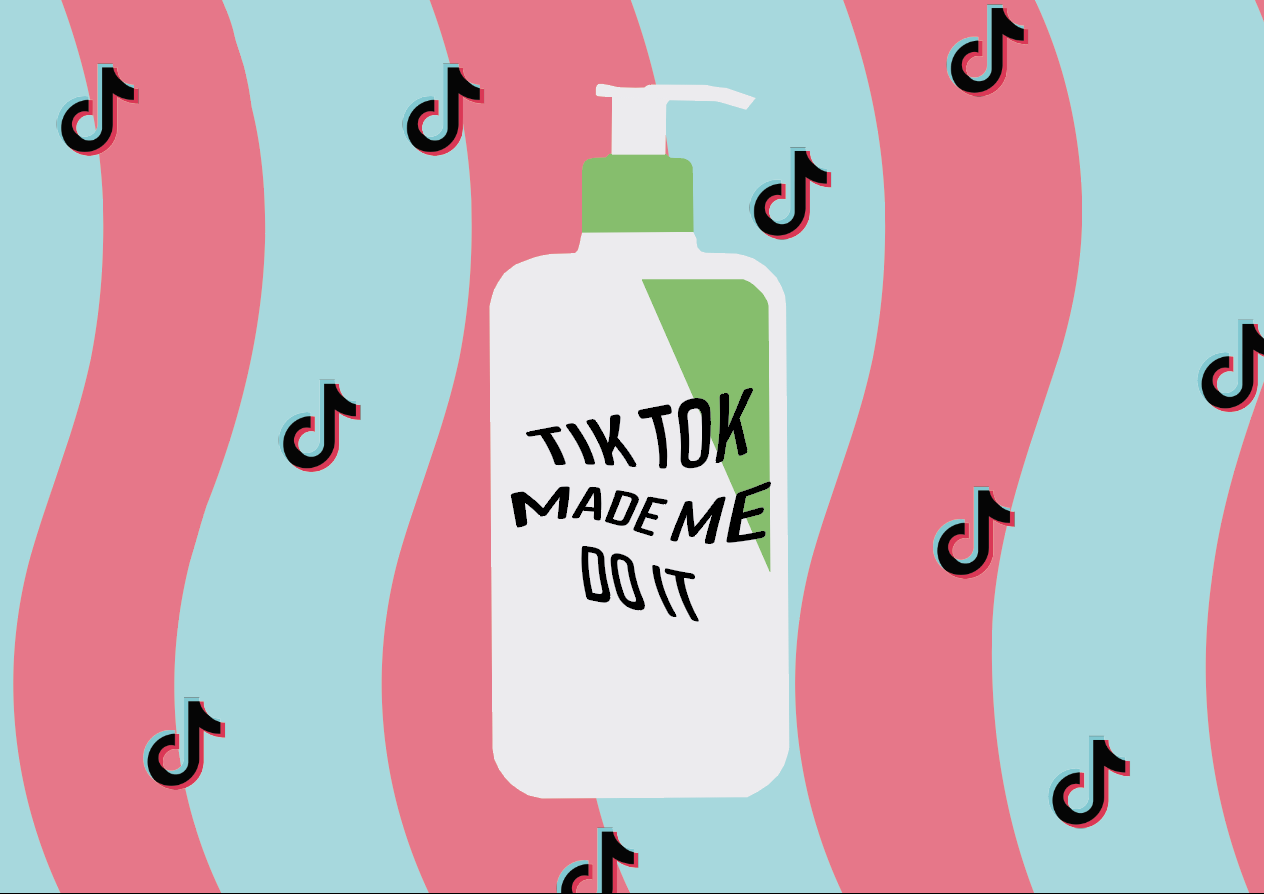Growing up in South America, access to skincare was limited. Aquafor, Nivea, CeraVe, and Cetaphil packed the shelves at every pharmacy with little to no variety. My first memory of skincare was seeing my dad’s sink full of Cerave products – face washes and moisturizers packed alongside his razors and colognes.
Flash forward to now, teens and adults alike have succumbed to the cult-like community built on Tik Tok. Filled with dance videos and comedy skits, the beauty community has made its way into the platform. Apart from licensed dermatologists, the most notorious skincare content creator is @skincarebyhyram, a 24-year-old skincare aficionado living in Honolulu, Hawaii. Hyram has taken over Tik Tok by storm, appearing on almost everyone’s “For You” page. Rating people’s skincare routines and recommending products, Hyram has brought to light the wonders of CeraVe.
Since then, CeraVe has sold out nationwide and across the globe. As someone familiar with the brand for years, I was in shock to see it become an essential in influencer’s “shelfies” – it’s not the most aesthetically pleasing, and frankly, it’s been around for ages. The status it has gained from Tik Tok has only done the brand well, considering how drug-store products used to be frowned upon by influencers. Now, the brand has seen a 300% increase rate in engagement, and consumers crave to get their hands on these coveted products. Apart from its new notoriety, CeraVe has a long line of products that cater to different skin types, and most of them are accessible to those with sensitive skin. With ingredients becoming all the rage due to skincare experts’ frequency on social media, clean beauty brands like the aforementioned are rising.
Before Tik Tok, fabulous skincare routines were seen on platforms like Vogue’s Youtube channel, where celebrities endorsed high-end and expensive brands. Being able to create a budget-friendly yet effective routine seemed nearly impossible. Tik Tok’s power has generated a ‘hype’ around various cheaper brands, and Cerave is certainly at the top. This speaks volumes about how the beauty industry is changing and ultimately adapting to a new group of consumers who seek affordable efficiency rather than a luxury.
Who knew drugstore products could overpower the high end?
Words and Graphic by Antonia Sousa

